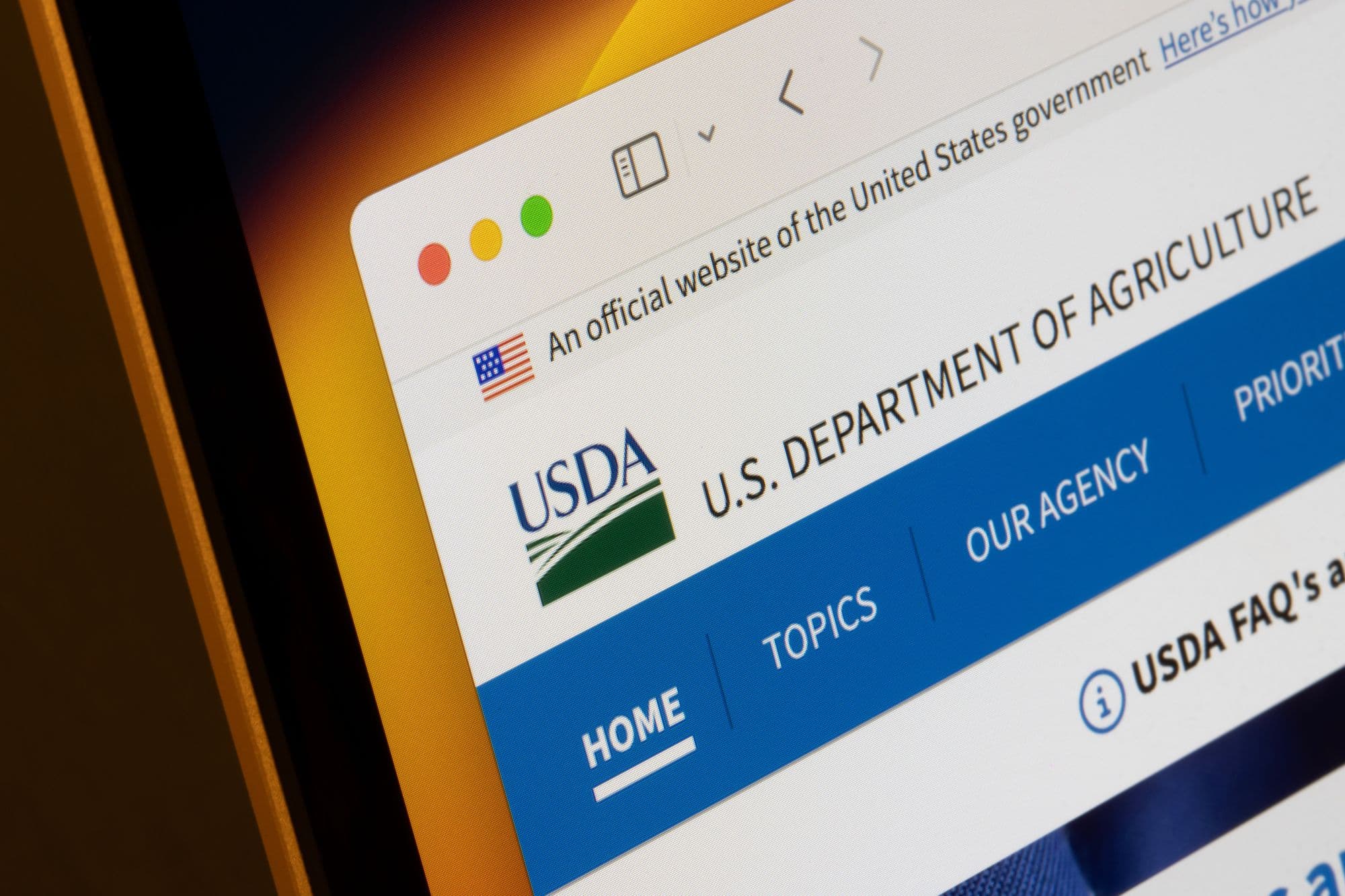What Is PMI? Learn How Private Mortgage Insurance Works

If you're planning to buy a home with a down payment of less than 20%, you've probably heard the term PMI thrown around. But what is PMI, exactly, and why do so many homeowners end up paying for it?
In this guide, we'll break down everything you need to know about Private Mortgage Insurance: what it is, how it works, why it's required, and how you can potentially avoid it. Whether you're a first-time homebuyer or just brushing up on mortgage basics, this article will help you feel more confident in your home-buying journey.
What Is PMI?
PMI stands for Private Mortgage Insurance. It’s a type of insurance that protects your lender, not you, in case you stop making payments on your mortgage.
Most lenders require PMI if you put down less than 20% when buying a home using a conventional loan. It’s designed to reduce the lender's risk since smaller down payments typically mean higher risk for default.
While it doesn’t benefit you directly, PMI makes it possible for more people to become homeowners without having to save for a huge down payment.
How Does PMI Work?
PMI is usually added to your monthly mortgage payment, but it can also be paid as a one-time upfront cost or a combination of both. The exact amount you’ll pay depends on factors like:
- Your loan amount
- Your credit score
- Your loan-to-value ratio (LTV)
On average, PMI costs between 0.3% and 1.5% of your original loan amount per year.
PMI Example:
Let’s say you buy a $300,000 home with 10% down. That’s a $30,000 down payment and a $270,000 loan. If your PMI rate is 0.5%, your annual PMI cost would be about $1,350, or $112.50 per month added to your mortgage payment.
When Do You Need PMI?
You'll need PMI if you're using a conventional loan and your down payment is less than 20% of the home’s purchase price. This applies to both fixed-rate and adjustable-rate mortgages (ARMs).
It’s important to note that government-backed loans like FHA loans have their own type of mortgage insurance called MIP (Mortgage Insurance Premium), which is separate from PMI.
How to Get Rid of PMI
The good news? PMI doesn’t last forever. Here are the main ways to remove or avoid PMI:
1. Reach 20% Equity
Once you’ve paid enough on your mortgage to reach 20% equity, you can typically request your lender to cancel PMI.
2. Automatic Cancellation
By law, your lender must automatically cancel PMI once your loan reaches 78% of the original home value, as long as you're current on your payments.
3. Refinance Your Mortgage
If your home value has gone up, refinancing could push your equity over 20%, letting you refinance without PMI.
4. Lender-Paid PMI (LPMI)
Some lenders offer LPMI, where they pay the PMI in exchange for a slightly higher interest rate. Be careful, though, this option can cost more over the life of the loan.
Can You Avoid PMI?
Yes, you can avoid PMI, but it often requires more upfront cash or different loan options. Here's how:
- Put down at least 20%
- Choose a piggyback loan (an 80/10/10 loan where you take out a second mortgage to cover part of your down payment)
- Use a VA loan (for qualified veterans and service members, no PMI required)
Pros and Cons of PMI
Final Thoughts: Is PMI Worth It?
While PMI may feel like an extra burden, it’s often a necessary and unavoidable step on the path to homeownership, especially if saving 20% for a down payment isn't realistic for your situation.
Knowing what PMI is, how it works, and how to get rid of it can help you make smarter financial decisions and plan for the future. As long as you factor it into your budget and explore your options, PMI doesn't have to be a deal-breaker.
FAQs About PMI
1. What is PMI in a mortgage?
PMI is Private Mortgage Insurance, which protects your lender if you default on your loan. It’s usually required if your down payment is under 20%.
2. Is PMI tax-deductible?
As of now, PMI may be tax-deductible if you itemize deductions, but it depends on current tax laws and your income level. Always check with a tax professional.
3. How can I avoid PMI?
You can avoid PMI by putting down 20%, using a VA loan, or exploring lender-paid PMI options.
4. How long do I have to pay PMI?
You must pay PMI until your loan reaches 78% of the home’s original value, but you can request removal at 80% equity.
5. Does PMI apply to FHA loans?
No, FHA loans use Mortgage Insurance Premiums (MIP), which work differently from conventional PMI and typically last longer.
6. What is the PMI rate on a mortgage?
The PMI rate on a mortgage typically ranges from 0.3% to 1.5% of your original loan amount per year. The exact rate depends on several factors, including your: credit score (lower scores usually mean higher PMI rates), loan-to-value (LTV) ratio, down payment amount, and type of loan and loan term.












